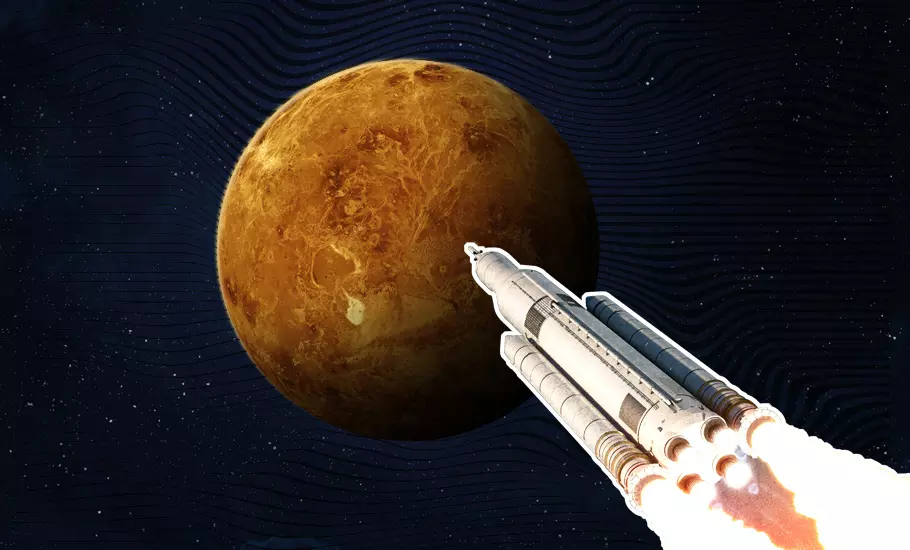
After Moon mission, ISRO eyes Venus, exo-planets: S Somanath
ISRO chief says it is vital to study the evolution of planetary bodies to understand what activities on Earth makes it habitable or inhabitable

After a successful mission to the Moon, the Indian Space Research Organisation (ISRO) has set sights on unlocking the mysteries of other planets in our solar system like Venus and Mars, dying stars and exo-planets some of which are known to have atmosphere and are considered habitable, organisation chief S Somanath has said.
Delivering a lecture organised by the Indian National Science Academy (INSA) on Tuesday (September 27), Somanath said the space agency was planning a mission to study the planet Venus, two satellites to study space climate and its impact on the earth, and conceptualising a project to land a spacecraft on Mars.
‘Earth can be the next Venus’
Somanath said a mission to Venus has already been configured and payloads have been developed for it.
“Venus is a very interesting planet. It has an atmosphere. Its atmosphere is so thick. The atmospheric pressure is a hundred times that of Earth and it is full of acids. You cannot penetrate the surface. You don’t know if its surface is hard or not. Why are we trying to understand all of this? Earth could be one day Venus. I don’t know. Maybe 10,000 years later we (Earth) we change our characteristics. Earth was never like this. It was not a habitable place long long back,” ANI quoted him as saying.
“It is important to understand the evolution of planetary bodies. Only if you look at Venus, Mars one can actually study what effects are there in your activities on the Earth that actually makes it habitable or non-habitable. All this will depend on your understanding of it and the ability to act on it," Somanath said.
ExoWorlds mission
Somanath said the XPoSat or the X-Ray Polarimeter Satellite, meant to study bright X-ray pulsars or stars that are in the process of death, was ready for launch in December this year.
“We are also conceiving a satellite called ExoWorlds, a mission for looking at exo-solar planets or planets that are outside our solar system and orbiting other stars," Somanath said.
He said there were more than 5,000 known exo-planets of which at least 100 were considered to have atmospheres. The ExoWorlds mission will study the atmosphere of exo-planets and whether they are livable or they host life. Somanath said the plans for a Mars Lander Mission too were at the conceptual stage.

